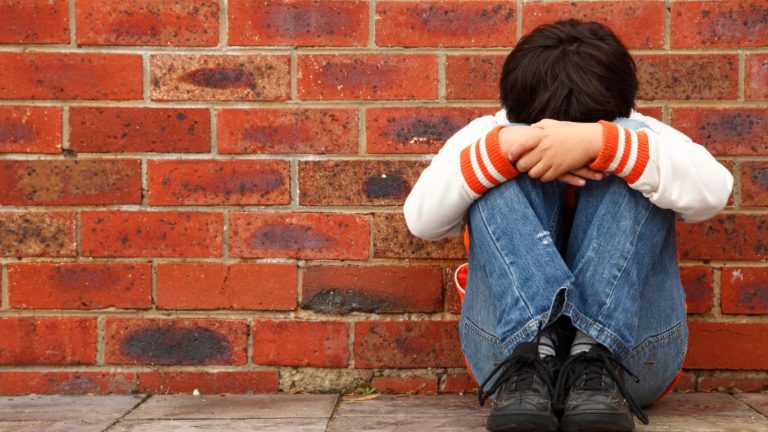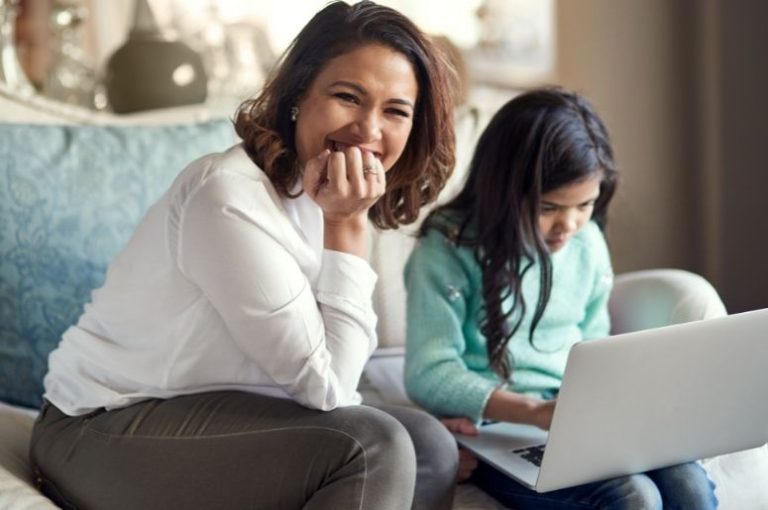Instagram is a photo, video, and message sharing app with a huge following, especially among young people. Learn more about how you can keep your kids safe on Instagram.
Young people use Instagram to capture special moments, but also to carry on conversations – using photos, videos, filters, comments, captions, emoticons, hashtags and links to talk about things and share their passions.
There are a number of tools you can share with your child that will give them more control over their digital identity and footprint on Instagram. But like all new apps and technology, you need to understand the Instagram platform first.
Instagram and Netsafe have just released this awesome Parent’s Guide to Instagram that provides lots of practical ideas for keeping kids safe:
[pdf-embedder url=”https://www.kiwifamilies.co.nz/wp-content/uploads/2019/02/Parents-Guide-to-Instagram-NZ-FINAL.pdf”]
A lot of the same precautions for online safety generally also apply to keeping safe on Instagram. Here’s Netsafe’s top tips for keeping your kids safe online:
1. SET EXPECTATIONS
Talk to your child about the type of behaviours you’d like them to adopt.
For example, how long they should spend online, what apps and social media sites you’d like them to use and what is appropriate content to view. This will be different depending on the age of your child, and what you feel comfortable with.
Technological options like parental controls can help, but it needs to be teamed with online safety education.
2. UNDERSTAND WHAT THEY DO ONLINE
Talk to your kids about what they’re using the internet for.
What’s involved? Who’s in their network? What information do they share? Are they using the internet to learn? To communicate and create friendships with others? To create music or videos?
Really listen to what they have to say – what might seem like ‘just a game’ to you, could in fact be a way for them to connect with people who have similar interests.
Showing an interest in the things they do helps to build your understanding of what their online world looks like and creates an environment that makes it easier to have more difficult conversations about in the future.
3. IF YOU DON’T UNDERSTAND IT, TRY IT
You need to understand the technology to better understand the challenges that young people face online.
Explore the websites and apps your child uses to improve your knowledge, and take the time to read terms and conditions. You could even ask them to show you how it works, as a way to start conversation around online safety.
4. SET A GOOD EXAMPLE
How often do you use your laptop or smartphone at the dinner table? How many angry posts have you published?
Take a look at the way you use technology while young people are around. If you see something that troubles you – change it. How good is your knowledge abound online safety, privacy settings and even online shopping?
5. TEACH THEM THE BASICS
Once your knowledge is up to scratch, teach them the basics of online safety – here’s four ideas of what to start with.
1. Strong passwords
A strong password helps protect the information in your on online profiles or accounts.
2. Information to protect online
• Login details and passwords • Bank account details • Home address • Phone numbers • Birthdate • Personal information that could be used to guess security questions for online accounts.
You should also talk about personal details they could share online, such as where they are and the school they attend. This includes sharing their location – some apps allow you to share your current location with friends, or publicly.
3. Not everything is as it seems
It can seem like common knowledge to adults, but sometimes young people don’t understand that people are not always who they say they are online. Talk to them about friending or communicating with people they don’t know offline.
For young children especially, they shouldn’t friend someone online that they don’t know personally offline.
4. Digital footprint
Teach your child that they need to think about what they post online, and that what they post online leaves a “digital footprint” about them.
6. SETTING UP SOCIAL MEDIA
How old should kids be before they get social media accounts?
The minimum sign up age for Instagram and many other platforms is 13. It’s always better that they’re honest with you about using an app or site, rather than doing it behind your back. This way, you can help them to stay safe online.
Tips for setting up social media accounts
1. Make sure you’ve taught them the online safety basics above
2. Help your child to set up the account
3. Depending on their age, use your email address to sign up
4. Enter their actual birth year so they see content relevant to their age
5. Become their friend, or follow them
6. Teach them about the safety tools available
7. GIVE THEM THE TOOLS THEY NEED
Most social media organisations have a safety centre with tools for staying safe online.
Take a look at the safety centres of the apps or websites your child uses, and teach them how to use the tools available. Start with how to block people, how to report content and how to use the privacy settings, as discussed in this guide.
8. ONLINE BULLYING
Teach your child what to do if they’re targeted online, so they have the tools to deal with it if it happens.
Ask them what advice they’d give a friend who was experiencing online bullying. This is a good way to understand how they would deal with these kinds of situations if they were to experiencing it themselves.
Make sure you also talk to them about how you expect them to behave towards others online. Let them know that if it’s not acceptable offline, it’s not acceptable online.
Ask your kids to think about the person on the “other side” of the screen Lead by example – think about how you’re behaving toward others online.
9. WHAT ABOUT SHARING INAPPROPRIATE CONTENT?
When it’s appropriate you should talk to your kids about the risks of sharing personal information and images and what can happen to those photos or videos once created and shared.
10. WHAT IF SOMETHING DOES HAPPEN?
Let them know the options that are available to them – talking to a trusted adult, their school or organisations like Netsafe or Sticks n Stones. They can help young people with online bullying, abuse, harassment and other challenges they might face online.
If they come to you for help, count to ten before you react. When young people ask for help from adults, it’s important to understand this was a big decision. If you overreact or take away the technology, then you’re less likely to be the first port of call next time something happens. Focus on fixing the issue, not on punishing or confiscating their devices.
For more expert advice on technology issues, check out our Grown ups: Technology section.







